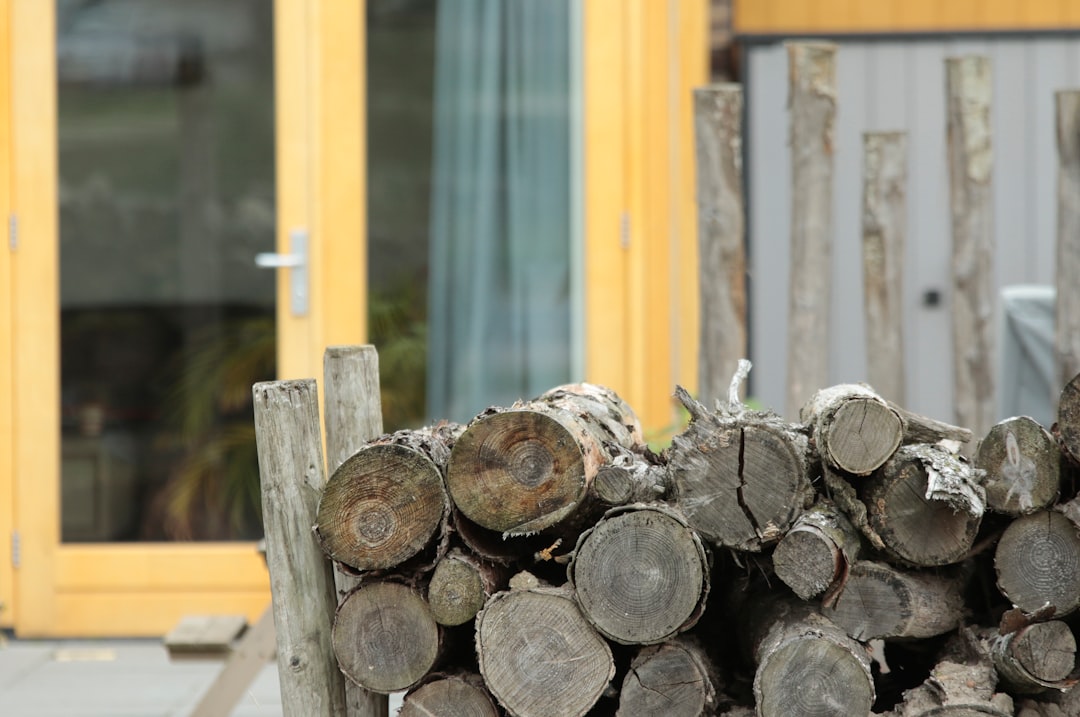
Stump grinding costs can vary significantly based on several factors. For trade professionals, understanding these costs is crucial for accurate project estimation. Current pricing ranges from $90 to $400 per stump, depending on size and complexity. Hourly rates for grinders and operators range from $125 to $165, with additional crew costs of $35 to $50 per hour.
1. Stump Diameter
Diameter is a major factor in grinding time and equipment wear. A 12-inch stump may take under 30 minutes, while a 36-inch hardwood stump could take several hours.
2. Wood Species
Softwoods like pine grind faster than hardwoods like oak. Adjust estimates based on species for accuracy.
3. Root System Complexity
Surface roots can add significant time. Consider these when estimating labor costs.
4. Site Accessibility
Narrow gates or steep grades may require smaller grinders or additional labor.
5. Depth of Grind
Standard specs call for grinding 6-8 inches below grade, but deeper cuts may be required for replanting.
CountBricks was engaged to clear eight mature stumps on a tight suburban lot. Site access allowed only a 29-inch doorway to the backyard. Using the CountBricks equipment selector, the estimator switched from a 38-hp tracked grinder to a 25-hp narrow-profile unit. The software recalculated production rates and added twenty minutes per stump. Total estimate: $2,240. Actual job cost: $2,175—just 2.9% under budget, confirming the model’s accuracy.
Stump removal should be embedded within site prep to capture the true cost of preparing a lot for construction. This approach reduces change orders and ensures smoother project timelines.

Accurate stump grinding costs are only the first step. CountBricks empowers residential builders to turn a routine service into a value-adding experience that wins referrals.
CountBricks links stump grinding to follow-on tasks in the schedule. When the grinder logs completion in the field app, the platform automatically notifies the grading crew and triggers a purchase order for topsoil. This eliminates idle days between trades and keeps residential builds on timeline.
As hours and materials post from mobile devices, CountBricks dashboards compare actual versus estimated amounts. Variances exceeding 5% trigger alerts so project managers can act before small overruns snowball into budget busters.
Homeowners increasingly demand line-item clarity. CountBricks’ client portal lets them view the approved stump grinding costs alongside photos, warranty information, and upcoming site activities. The result is fewer “status” phone calls and greater trust in the builder’s process.